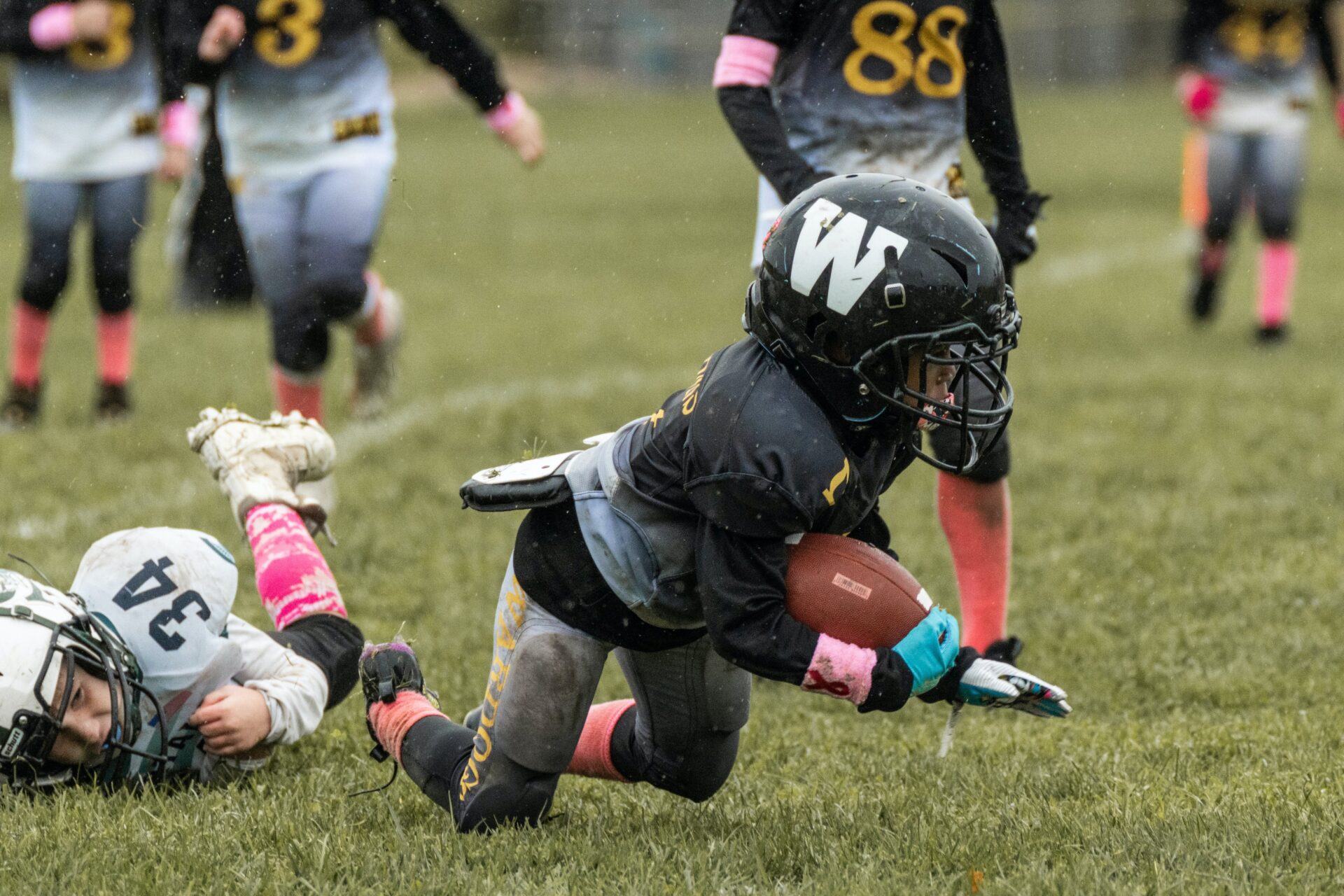Replacing ball joints is a major job on any vehicle, and it usually requires some time and labor to complete the job. Depending on where the ball joints are located and what type of vehicle you have, it can take anywhere from two to eight hours to replace the ball joints. In addition, the cost of parts and labor can vary greatly depending on the make and model of your car. The best way to determine how long it will take to replace your ball joints is to consult a qualified mechanic who can provide an accurate estimate.The most common symptoms of a faulty ball joint include clunking sounds when turning or going over bumps, excessive tire wear, and loose steering. Other signs of a bad ball joint include an uneven stance when the vehicle is on a flat surface, vibrations in the steering wheel, and visible damage to the ball joint itself.
What Tools Are Required for Replacing Ball Joints?
Replacing ball joints is a common repair job, but it requires specialized tools. To successfully replace a ball joint, you’ll need a ball joint press, various adapters to fit your specific vehicle’s suspension design, and various other tools depending on the type of ball joint used. Commonly used tools include a hammer, screwdrivers, pliers, and wrenches. The sizes of these tools can vary depending on the size of the ball joint and its mounting hardware. Additionally, you may need a hydraulic jack or lift to access the area around the ball joint to remove it. When replacing the ball joint, you’ll also need new mounting hardware such as nuts and bolts to secure it in place. Once all of these tools are gathered together, you can proceed with replacing your vehicle’s ball joints!
How Much Time Does It Take To Replace Ball Joints?
Replacing ball joints can be a time consuming and labor intensive process. Depending on the make and model of the vehicle, replacing ball joints can take anywhere from a few hours to a full day. The amount of time it takes to replace ball joints also depends on the individual’s skill and experience level.
The most important factor that determines how long it takes to replace ball joints is the type of car being worked on. Different cars require different tools, parts, and procedures for replacing the ball joints. Additionally, some cars may require additional steps such as removing suspension components in order to access the ball joint area. These extra steps can add significantly to the time it takes to complete the job.
Other factors that may affect the amount of time it takes to replace ball joints include access to specialized tools or equipment, knowledge of specific procedures for different makes and models, and access to quality replacement parts. If any of these items are not available in a timely manner, then it may take longer than initially expected to complete the job.
In general, for an experienced mechanic with all necessary tools and replacement parts readily available, replacing one set of ball joints should take between three and four hours. For a novice mechanic, however, this task can easily take twice as long or more depending on their experience level and knowledge of specific procedures for different vehicles.
Overall, replacing ball joints is not an easy task and requires a fair amount of skill, experience, patience, and time in order to do properly. With proper preparation and planning, however, it is possible for an experienced mechanic or do-it-yourselfer to complete this job in a timely manner without sacrificing safety or quality of workmanship.
Removing a Damaged Ball Joint
Removing a damaged ball joint from your vehicle can be a difficult and dangerous task. Knowing the proper procedure for doing so is essential in ensuring the safety of yourself and your vehicle. The following steps will guide you through the process of safely removing a damaged ball joint from your vehicle:
1. Begin by jacking up your car and securing it on jack stands. Make sure that it is properly secured before attempting any repairs.
2. Next, remove the wheel which contains the damaged ball joint. This may require using a lug wrench or other tools depending on your type of vehicle.
3. Once you have removed the wheel, locate the ball joint and remove any nuts or bolts which are holding it in place with an appropriate tool such as an Allen wrench or socket set.
4. After all of the bolts have been removed, use a hammer to tap gently on the ball joint until it comes loose from its mountings. Be sure to use caution when doing this as too much force could cause damage to other components of your vehicle.
5. With the ball joint now loose, carefully remove it from its mountings and discard it in an appropriate manner, such as recycling if available in your area.
6. Lastly, replace the old ball joint with a new one and reattach all of the necessary components to complete installation, following any instructions provided by your manufacturer if applicable.
By following these steps you can safely remove a damaged ball joint from your vehicle without causing further damage to yourself or your vehicle’s components!
Replacing Ball Joints
Replacing ball joints can be a difficult job, but it is an important part of regular maintenance for your vehicle. The ball joint is responsible for connecting the steering knuckle to the rest of the suspension system, allowing you to steer correctly. If your vehicle has worn or damaged ball joints, you will need to replace them in order to maintain safe and proper operation. Here are the steps involved in replacing ball joints:
1. Lift and support the vehicle securely so that you can access the ball joint. You will need a jack and stands, or a car lift if available.
2. Remove the cotter pin securing the castle nut on the end of the tie-rod end or lower control arm, depending on where your ball joint is located. Unscrew the nut with a wrench or ratchet and socket.
3. Use a hammer and chisel to break loose any rust buildup around the stud of the ball joint. This will help loosen it up so that it can be removed easily.
4. Remove the nuts or bolts holding the ball joint in place using an appropriate wrench or ratchet and socket set. Pry gently with a pry bar if necessary to help loosen it up before removing it completely from its mountings.
5. Clean off any dirt or debris from around where the new ball joint will be installed and inspect for signs of damage or wear on other components such as bushings or bearings that may need replacement as well while you’re at it.
6. Install the new ball joint into place carefully and secure with nuts or bolts using a torque wrench according to your car’s specifications for torque ratings on fasteners like these .
7. Replace any other components that may have been damaged during removal such as bushings, bearings, etc., then fit back together any parts of suspension that may have been disassembled during removal process .
8 Finally, reinstall any cotter pins or clips as needed and check all fasteners for proper tension before testing drive your car to ensure all repairs were successful .

Is It Necessary To Have A Professional Replace Ball Joints?
Yes, it is necessary to have a professional replace ball joints. Ball joints are integral parts of the suspension system and their failure can result in serious damage to the vehicle. An experienced technician will be able to diagnose any issues with the ball joints and replace them correctly. It is important to use quality replacement parts when performing such service, as low quality parts may cause premature failure.
Replacing ball joints can be a difficult process, requiring special tools and knowledge. Without proper training, an inexperienced technician may not be able to properly diagnose or replace the ball joint correctly. This could lead to further damage and increased repair costs. To ensure that the job is done correctly, it is important to find a qualified technician who has experience replacing ball joints.
A professional will also be able to recommend any additional services that may be required after replacing ball joints such as an alignment or other suspension-related services. This will help ensure that all components are working together properly and that the vehicle will remain safe and reliable for many years to come.
In conclusion, having a professional replace ball joints is necessary in order to ensure proper installation and longevity of the suspension system. An experienced technician will have the skills and tools needed to diagnose any issues with the ball joint and install them correctly with quality replacement parts. Additionally, they can recommend any additional services that may be required after replacing ball joints in order for the vehicle to remain safe and reliable for many years ahead.
What Is the Cost of Replacing Ball Joints?
The cost of replacing ball joints can vary depending on the type of vehicle and the specific needs of each particular job. Generally, ball joint replacement will cost between $200 and $300, including labor costs. If a mechanic is going to replace both upper and lower ball joints, this could increase the cost to around $400 or more. Additionally, if additional components need to be replaced due to wear or damage, this can add to the overall cost of the repair.
When it comes to replacing ball joints, it is important to use quality parts. Lower quality parts may not last as long as higher quality ones, which can lead to additional repair costs down the line. The amount of labor required for a ball joint replacement can also vary depending on the vehicle and type of ball joint being used. Some vehicles may require additional time due to tight spaces or difficult access points around the suspension components.
It is always best to consult with a qualified automotive technician before attempting any type of major repair on your vehicle. They will be able to provide you with an accurate estimate for replacement ball joints and any other related repairs that may be required.
Should I Use New or Rebuilt Parts For Replacing Ball Joints?
Replacing ball joints is a crucial part of maintaining your vehicle’s suspension system. When it comes to selecting the parts for this job, you have two options: new or rebuilt. Both have their own merits and drawbacks, which should be considered before making a decision.
New parts are obviously brand new and offer superior performance and durability, but they are usually more expensive than rebuilt parts. On the other hand, rebuilt ball joints are typically more affordable, but since they are remanufactured from used components, they don’t usually last as long as new ones.
In addition to the cost and longevity considerations, you should also think about the quality of the parts you’re buying. If you choose to go with rebuilt ball joints, make sure that they come from a reputable source that offers a warranty on its products. This will give you peace of mind knowing that if something goes wrong with your ball joints, you can get it replaced without having to pay for another set of parts.
Ultimately, when deciding between new and rebuilt parts for replacing ball joints, it all comes down to personal preference and budget. New parts offer superior performance and durability but tend to be more expensive; whereas rebuilt parts may not last as long but are usually more affordable. The quality of the rebuild is also important so make sure that you get your parts from a reliable source with good warranty coverage.

Conclusion
Replacing a ball joint is a complicated process that requires specific tools and skill. It can take anywhere from 1-4 hours to complete the job. It’s important to remember that ball joints should be replaced in pairs, and that it is not recommended to drive a car with worn out or damaged ball joints. Inadequate lubrication can cause additional wear and tear on other components, so it’s important that the vehicle owner perform regular maintenance and lubricate the ball joints regularly.
If you’re unsure about how long it takes to replace ball joints, or if you lack the necessary tools and skills, it’s best to consult an expert mechanic for advice. Professional mechanics are able to carefully inspect your vehicle and provide you with an accurate estimate of how long it will take them to replace your ball joints as well as any additional parts or services that may be required.




